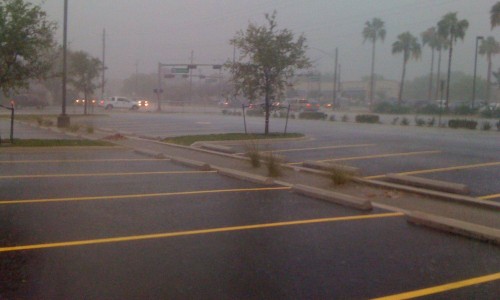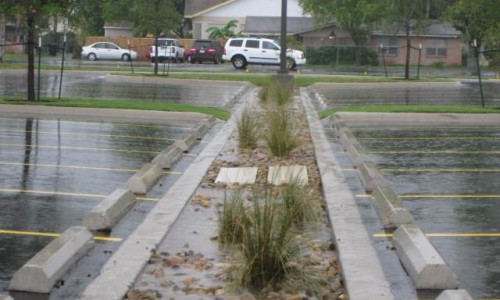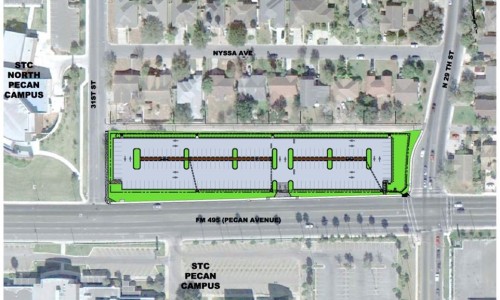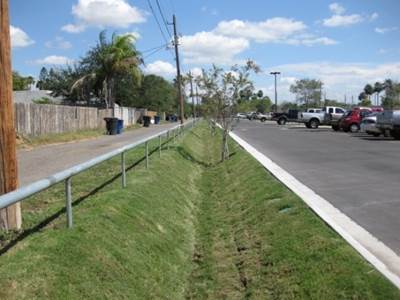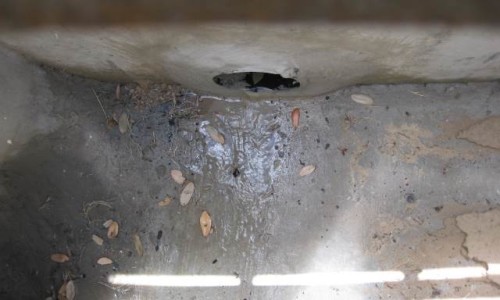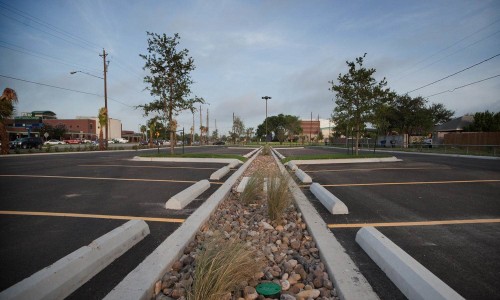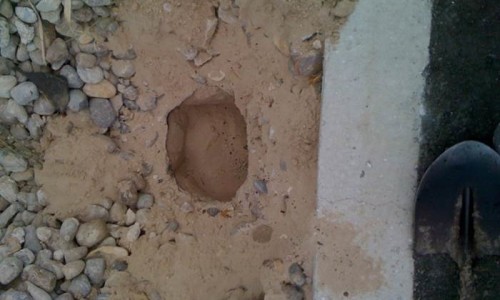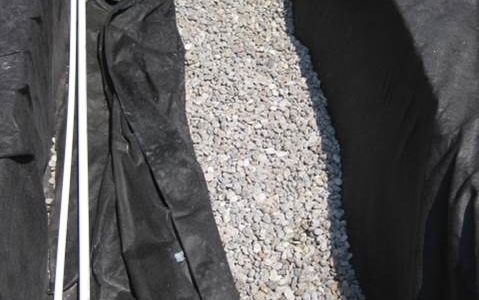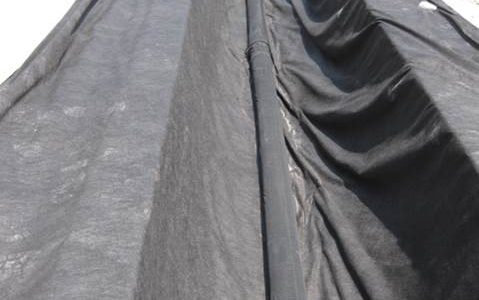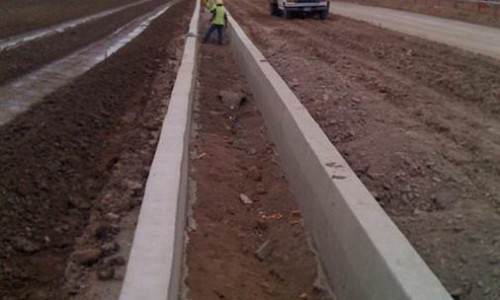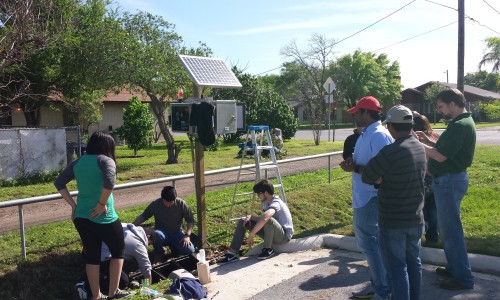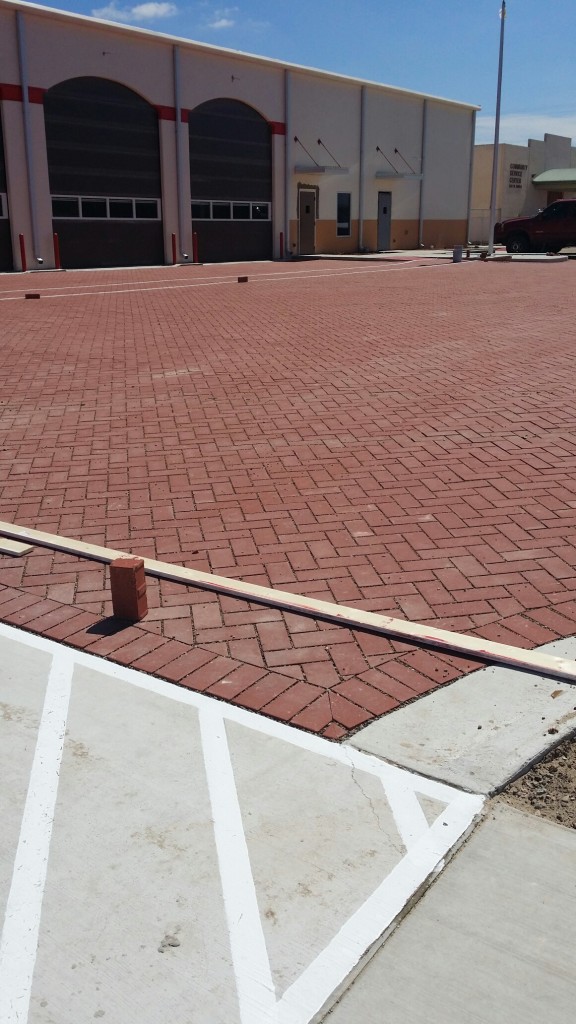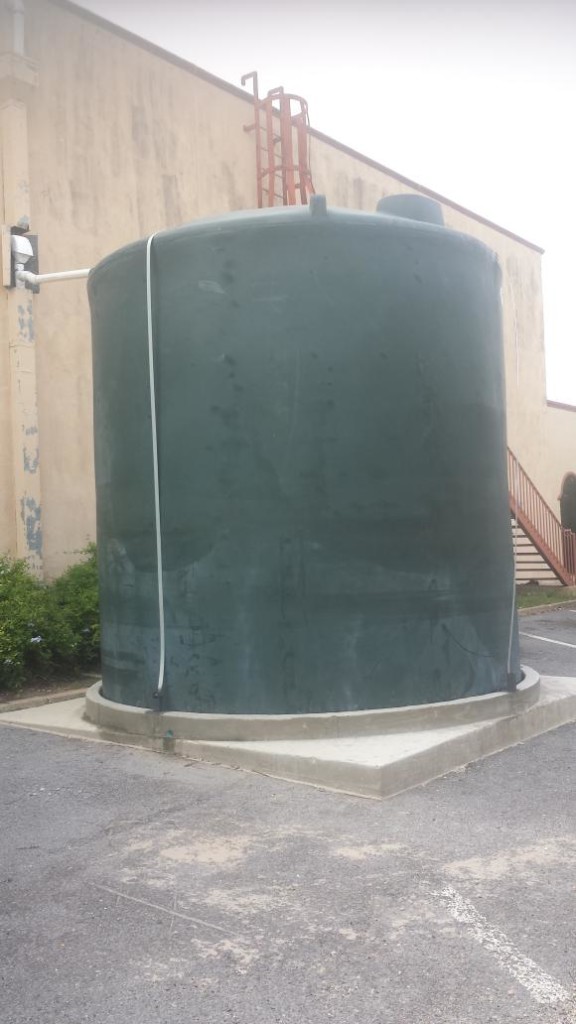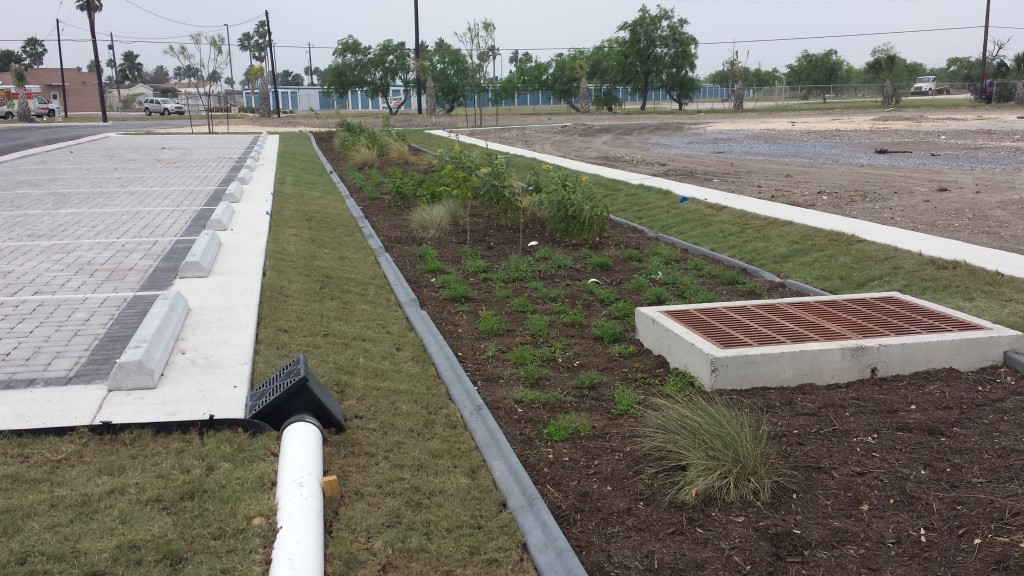The struggle to comply with local city drainage policy requirements, to adhere to local stormwater regulations and to provide clients with cost-effective parking lots is an ongoing frustrating design undertaking for many consulting engineers in the LRGV. South Texas College (STC) and Perez Consulting Engineers (PCE, a local consultant), were presented with such a dilemma recently. STC required 200 parking spaces in a proposed project, but the McAllen drainage policy, parking lot specifications, landscape ordinance and tree requirements collectively reduced the proposed parking lot from 200 lots to 175. The project was not cost-effective. PCE opted to integrate LID concepts into its design and ultimately was able to achieve 200 lots. The biofilters designed by the engineering industry typically require aggregates not readily found in the LRGV. These designs require aggregates to be shipped from upstate, which adds additional cost to a design that usually results in a similar project in the LRGV to be scrapped.
PCE designed the STC parking lot using a 200 linear foot biofilter located along the center line of the parking lot. The aggregate utilized was a gravel/sand mixture that the design engineer located in the Roma, Texas region which is located in the LRGV. The design also included a grass swale and a small detention pond. PCE conducted testing of the mixture and the subsurface design and the results demonstrated a filtration and storage capacity that allowed PCE to meet the local code requirements and the client’s needs. Although the short-term goals were met, the long-term performance of this BMP is unknown.
TAMU-K partnered with STC and PCE to monitor the effectiveness of an existing LID parking lot in McAllen, Texas. Monitoring equipment was installed the inlets and outlets of the BMPs toassess the effectiveness.

